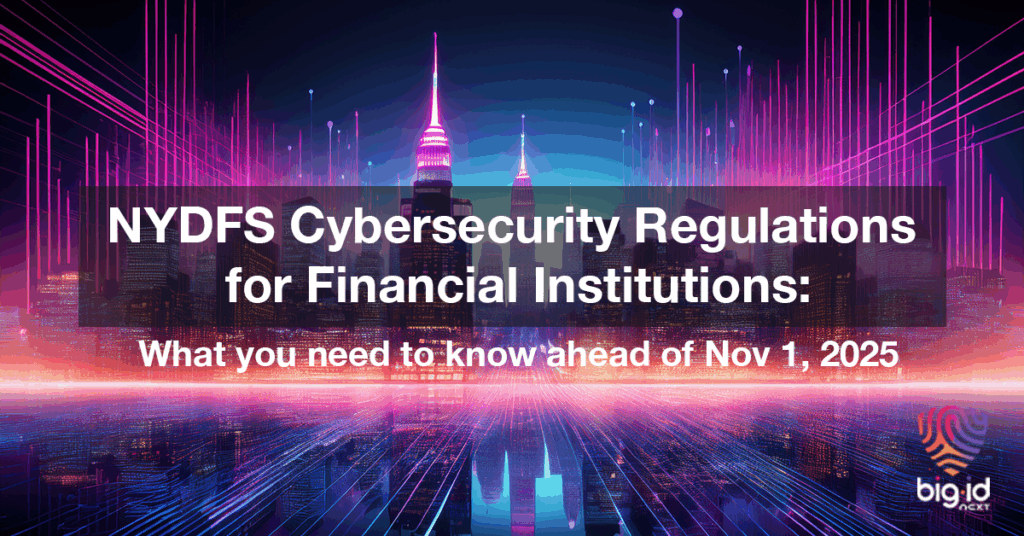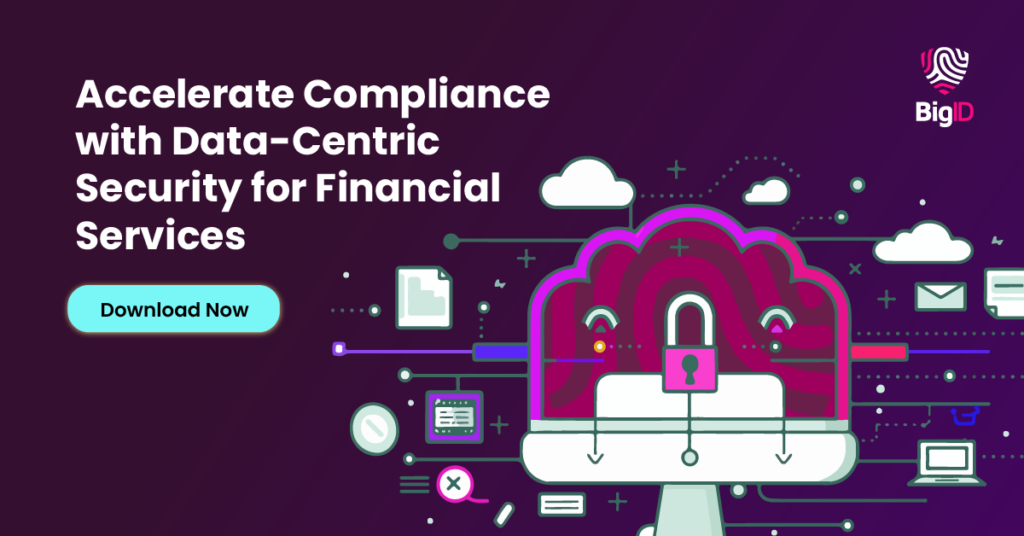El Reglamento de Seguridad Cibernética de Nueva York (23 NYCRR Parte 500) acaba de entrar en su fase final de aplicación, y hay mucho en juego.
Por 1 de noviembre de 2025, cada institución financiera cubierta debe cumplir con nuevos requisitos para gobernanza cibernética, evaluación de riesgos, respuesta a incidentes e inventario de datos y activos bajo el Departamento de Servicios Financieros de Nueva York (NYDFS).
Estos no son cambios graduales. Redefinen la ciberseguridad y la rendición de cuentas efectivas para los servicios financieros en la era de la IA.
¿Qué está cambiando?
Las últimas modificaciones amplían el alcance del reglamento, reforzando las expectativas en torno a:
1. Gobernanza y rendición de cuentas
Las juntas directivas y los altos ejecutivos ahora son explícitamente responsables de la supervisión de la ciberseguridad. Deben revisar y aprobar las políticas escritas de ciberseguridad, garantizar la asignación de recursos adecuados y certificar su cumplimiento anualmente.
BigID ayuda mediante la entrega informes transparentes, paneles de control basados en datosy evidencia lista para ejecutivos para la certificación anual.
2. Evaluación de riesgos cibernéticos
Las evaluaciones de riesgos ahora deben actualizarse al menos una vez al año y siempre que haya cambios materiales en las operaciones comerciales, la tecnología o el panorama de amenazas.
Deben cubrir datos, sistemas de IA y riesgos de terceros, e informar el diseño de su programa de ciberseguridad.
BigID ayuda Identificar y cuantificar automáticamente el riesgo de los datos — escaneo de entornos estructurados, no estructurados, en la nube, SaaS e IA para descubrir la exposición, la sensibilidad y el contexto.
3. Inventario de activos y datos
Según la Sección 500.13, toda organización debe mantener un inventario completo, preciso y actualizado periódicamente de todos los sistemas de información y, por primera vez, de todos los activos de datos.
Los inventarios deben rastrear:
- Propietarios y dueños de negocios
- Contexto de ubicación y despliegue
- Clasificación y sensibilidad de los datos
- Objetivos de tiempo de recuperación (RTO)
- Apoyar los procedimientos de fin de vida útil y eliminación segura
- Identificación de sistemas de manejo Información no pública (INP)
- sistemas de IA que utilizan o dependen de datos
- Una cadencia de validación recurrente y documentada
BigID ayuda automatizar el descubrimiento y la clasificación, etiquetadoy actualizaciones: crea un inventario vivo que se mantiene preciso a medida que tu entorno evoluciona.
4. Detección y respuesta a incidentes
Las entidades sujetas a la normativa deben implementar capacidades de monitoreo y detección continuas. La normativa exige ahora explícitamente la investigación, notificación y documentación inmediatas de incidentes, incluidos los de ransomware.
BigID ayuda Al dar visibilidad sobre qué datos están en riesgo cuando ocurren incidentes, lo que acelera el análisis de impacto y respuesta a la infracción.
5. Gestión de accesos y privilegios
Las enmiendas exigen controles de privilegios más estrictos, autenticación multifactor (MFA) y la aplicación del acceso basado en roles. Las organizaciones deben supervisar y revisar periódicamente los derechos de acceso a sistemas y datos confidenciales.
BigID ayuda Gobernar el acceso a la capa de datos: Identificar quién tiene acceso a qué, detectando usuarios con privilegios excesivos y alineándolos controles de acceso a la sensibilidad de los datos y al rol que desempeñan.
6. Supervisión de riesgos de IA
La guía del NYDFS ahora cubre explícitamente Gestión de riesgos de IA, instando a las instituciones a identificar y gobernar los sistemas que utilizan IA.
Esto incluye la transparencia del modelo, la procedencia de los datos, la detección de sesgos y seguridad de las entradas y salidas de IA.
BigID ayuda Descubrir y etiquetar flujos de datos relacionados con la IA, supervisar el acceso a los datos de IA, y hacer cumplir los controles para evitar que datos confidenciales ingresen a las canalizaciones de modelos.
7. Continuidad del negocio y resiliencia
El reglamento refuerza la necesidad de planificar la recuperación, realizar pruebas BCDR y alinear los objetivos de inventario y recuperación.
BigID ayuda Vincule los activos de datos con los RTO, identifique los sistemas críticos y asegúrese de que sus planes de continuidad reflejen lo que realmente está en producción.
Por qué todo se reduce a la visibilidad y el control
Ya sea que esté demostrando cumplimiento, evaluando riesgos o recuperándose de una infracción: todo depende de Lo que sabes sobre tu entorno.
No se puede asegurar lo que no se ve. No se puede gobernar lo que no se puede identificar. Y no se puede certificar lo que no se puede probar.
BigID brinda visibilidad, validación y control: unificando el descubrimiento de datos, la clasificación, la gobernanza del acceso, la remediación de riesgos y los informes de cumplimiento en todo su ecosistema.
Cómo adelantarse antes del 1 de noviembre
- Audite su inventario y su postura de riesgo. Identifique puntos ciegos, sistemas de sombra y documentación faltante.
- Integrar la supervisión de la IA. Mapear sistemas que utilizan o dependen de IA y evaluar sus dependencias de datos.
- Revisar los controles de acceso. Validar políticas de mínimo privilegio y documentar el manejo de excepciones.
- Documenta tu cadencia. Los reguladores esperan una validación continua, no una verificación de cumplimiento única.
- Automatiza tu evidencia. Reemplace el seguimiento manual con informes automatizados y registros listos para auditoría.
El resultado final
La Parte 500 del NYDFS es más que cumplimiento: se trata de desarrollar resiliencia, responsabilidad y confianza.
BigID le ayuda a llegar más rápido: automatizando lo que es manual, iluminando lo que está oculto y demostrando lo que importa.


